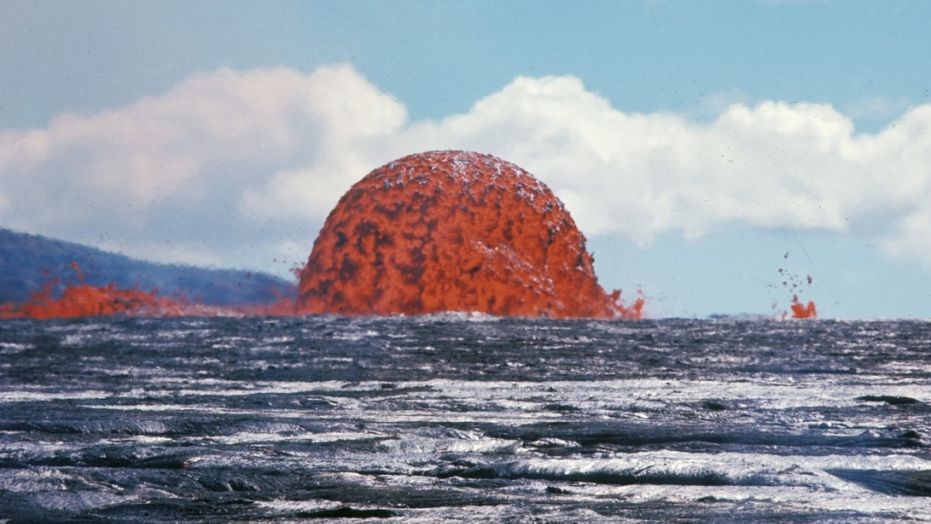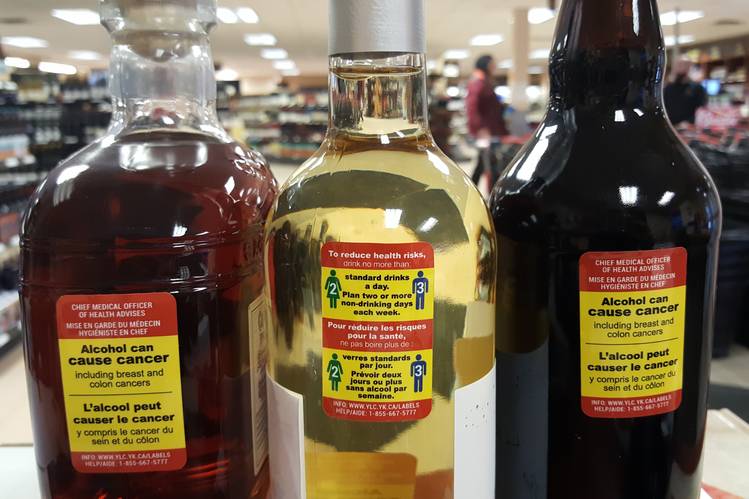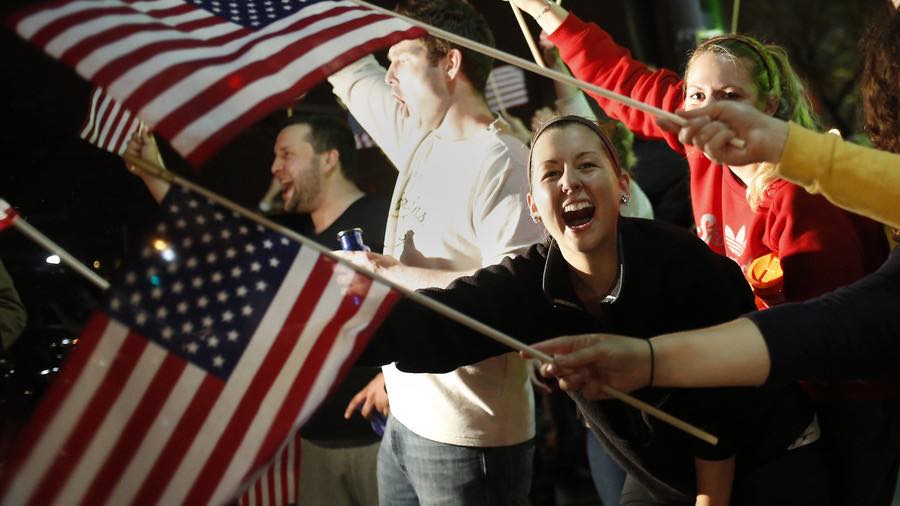
Hawaii Lava Bubble photo goes viral nearly 50 years after its capture.
An old photo of a fiery red bubble shooting lava into the air in the middle of Hawaii gained renewed attention thanks to the internet.
As Fox News reported, the U.S. Geological Survey shared the photo last Thursday as a “throwback Thursday” picture to highlight the rare moment that first occurred in Hawaii on Oct. 11, 1969.
The photo shows a rare lava dome fountain after the eruption of the Kilauea volcano, according to a USGS tweet.
Dome fountain of episode 10, October 10–13, 1969, eruption of Kilauea Volcano. This dome fountain is about 20 m (65 ft) high. Symmetrical dome fountains such as this are rare. #Tbt #HI @Volcanoes_NPS pic.twitter.com/sKSQaVINKs
— USGS (@USGS) March 29, 2018
The photo shows the first moments of the historic Mauna Ulu eruption, which lasted for 1,774 days beginning in 1969 and led to “the longest-lasting and most voluminous eruption on Kilauea’s eastern side in at least 2,200 years,” according to LiveScience.
In total, the eruptions led to 350 million cubic meters of lava to be produced, which is roughly the size of 140,000 Olympic-sized swimming pools, The New York Post reported.
And, according to LiveScience, the waves in the picture are ripples of lava.
The internet couldn’t handle the photo.
This is so cool…. couldn't imagine seeing one!
— Texas Warrior (@warrior_gear) April 5, 2018
The USGS website said lava domes, also known as volcano domes, vary in size but can reach more than 1,600 feet. Most domes will stay around 30 to 320 feet, according to Fox News.
Experts say lava fountains can happen when “gas bubbles rapidly form and expand in molten rock, which prompts jets of lava to spray outward,” LiveScience reported.
“Geologists have found that lava fountains can gush out of isolated vents and fissures, from active lava lakes and from lava tubes that are exposed to water,” according to Live Science.
The USGS “throwback Thursday” photo was but one example of fiery plumes that erupted at Mauna Ulu. According to ScienceAlert, the eruption lasted throughout the next five years and released similar fiery blooms.
Nine years later, the Pu’u ‘Ō’ō eruption began in Hawaii, which is still active today.













